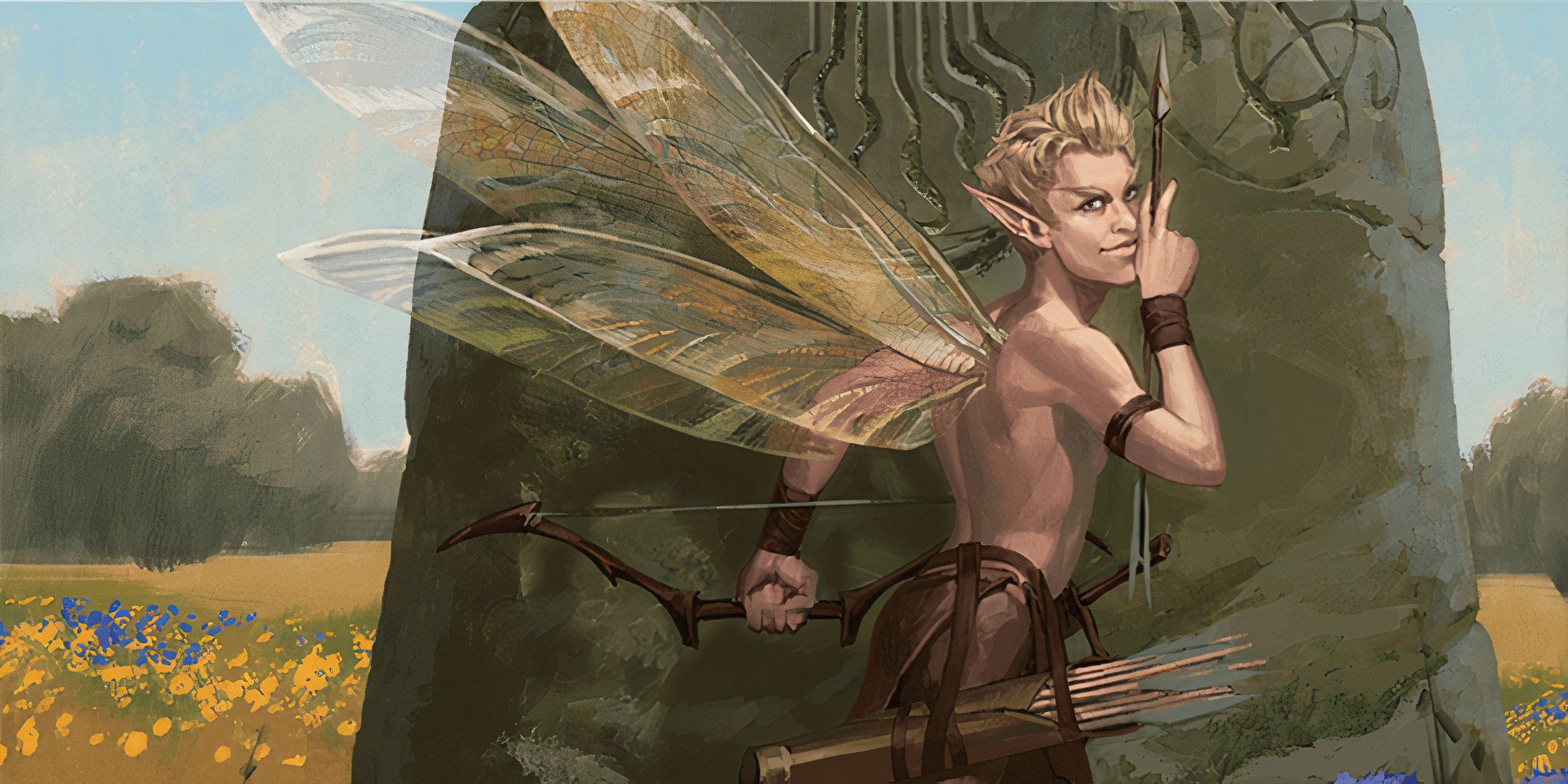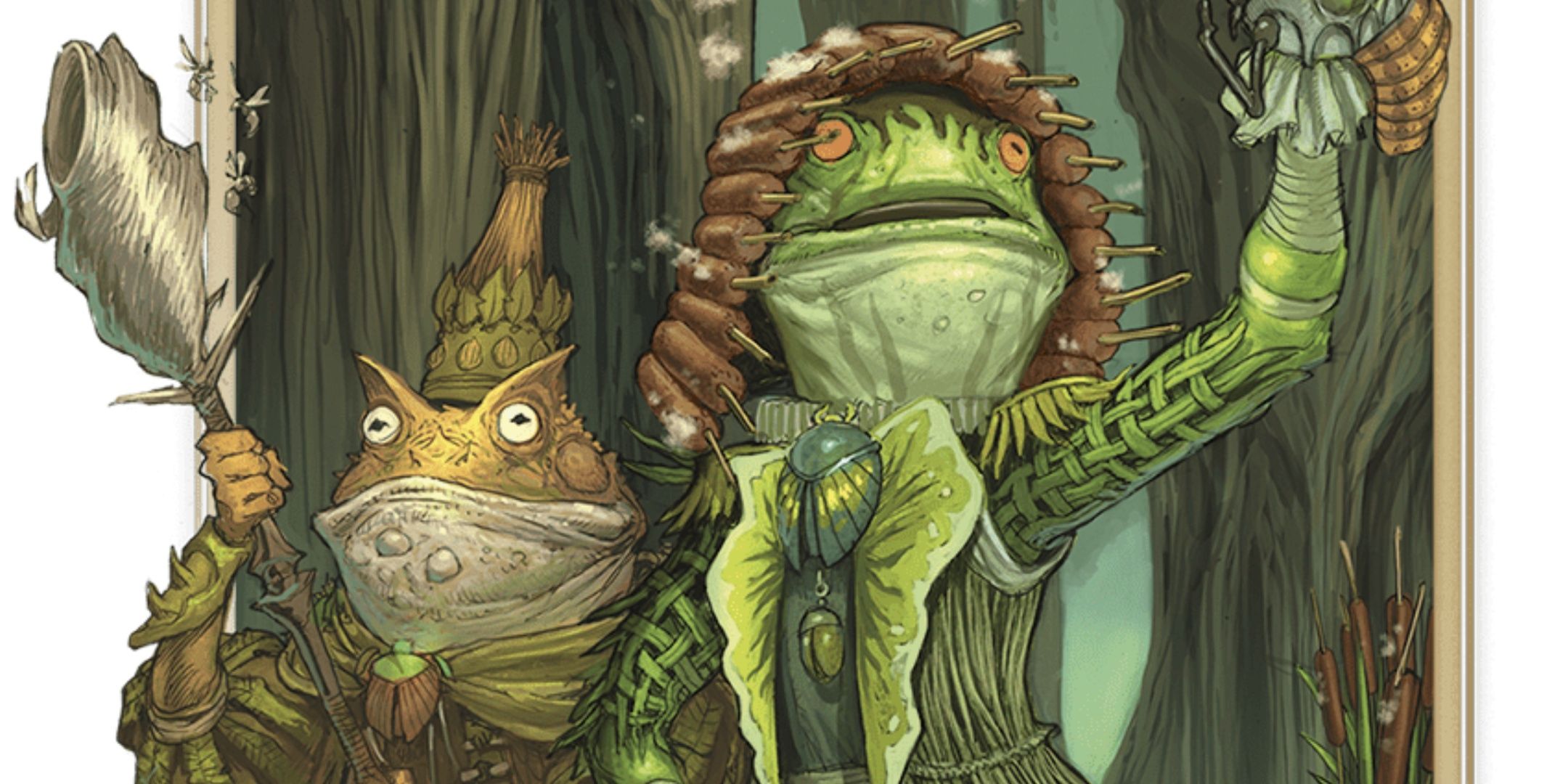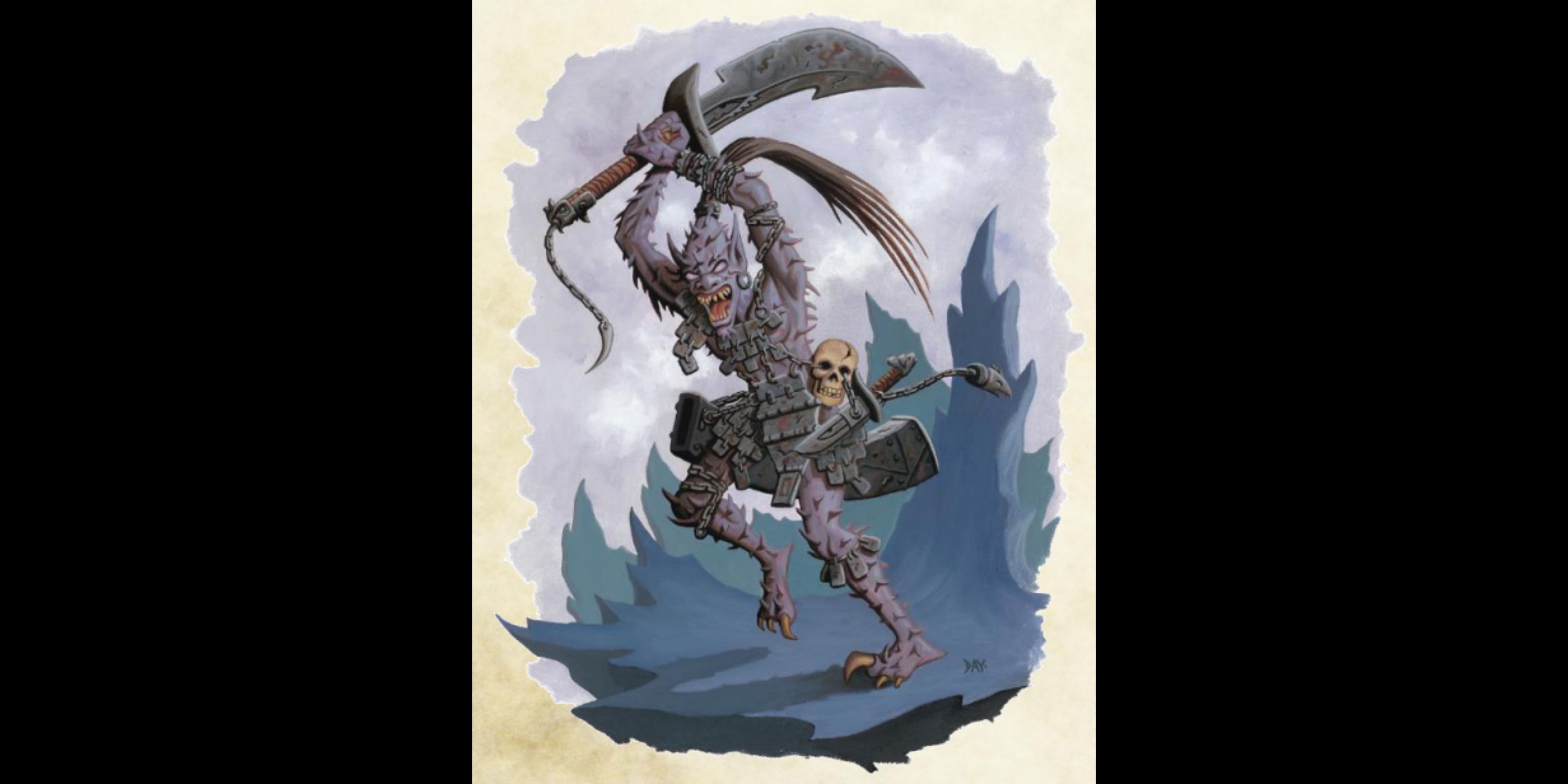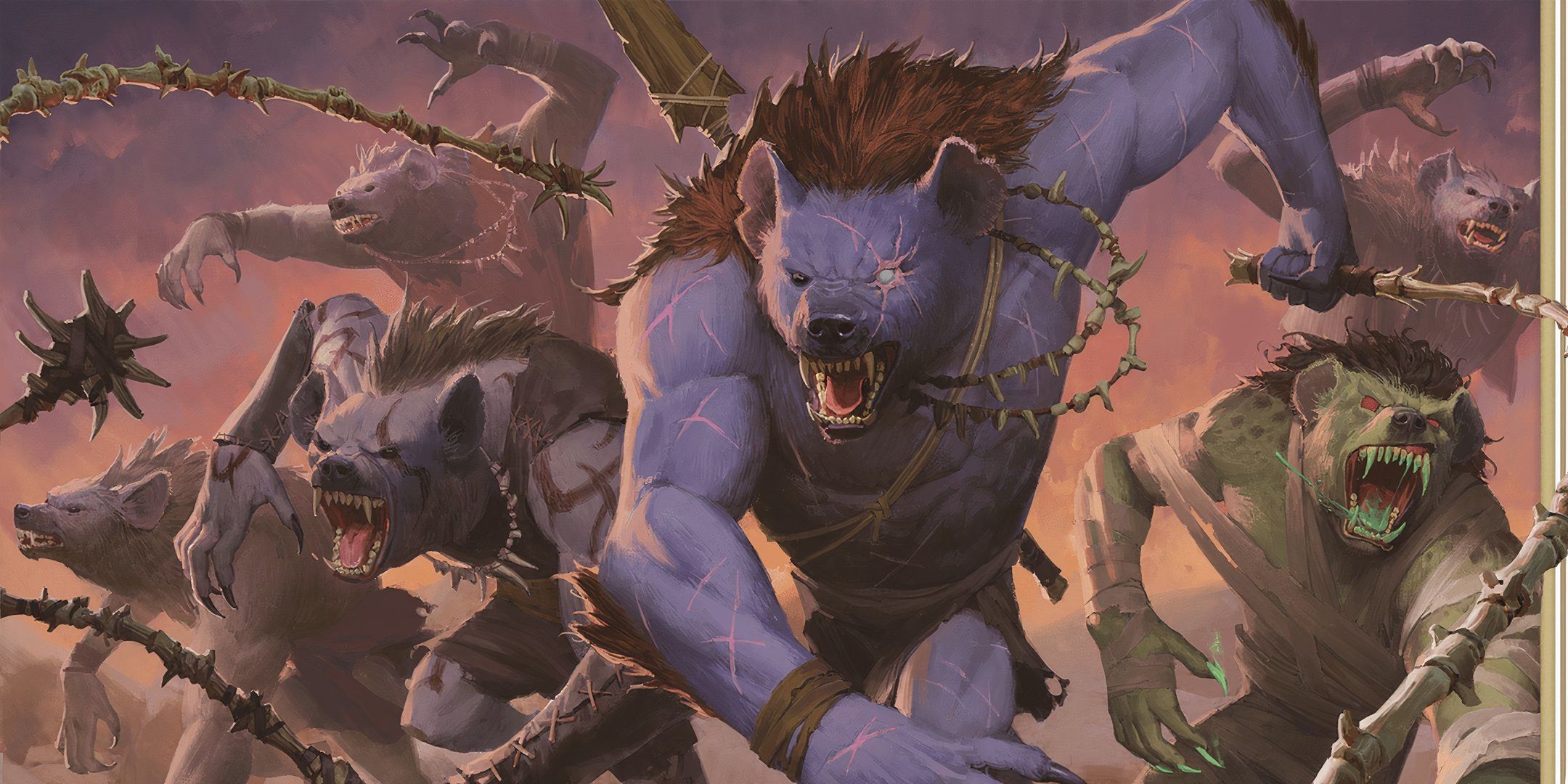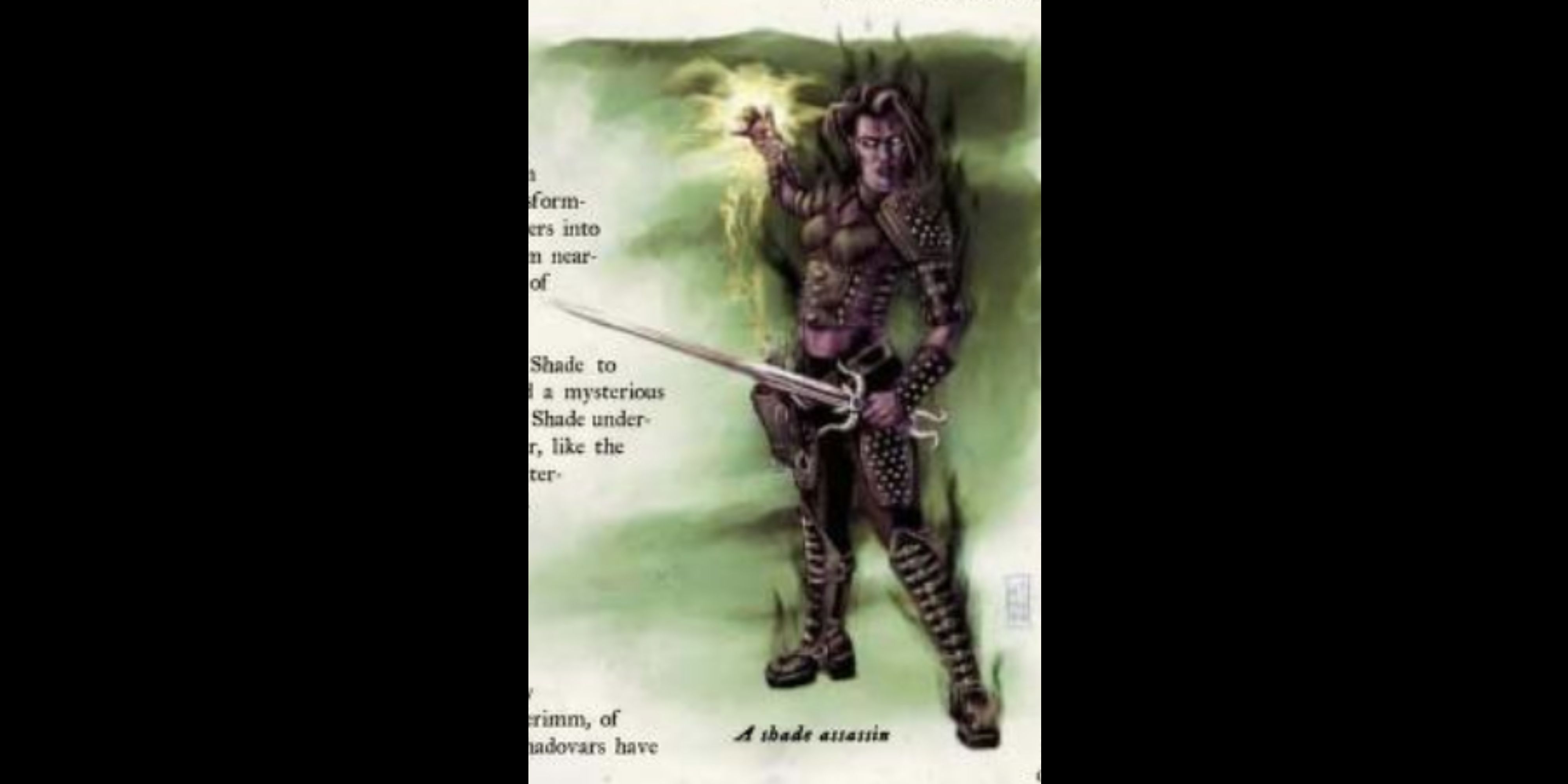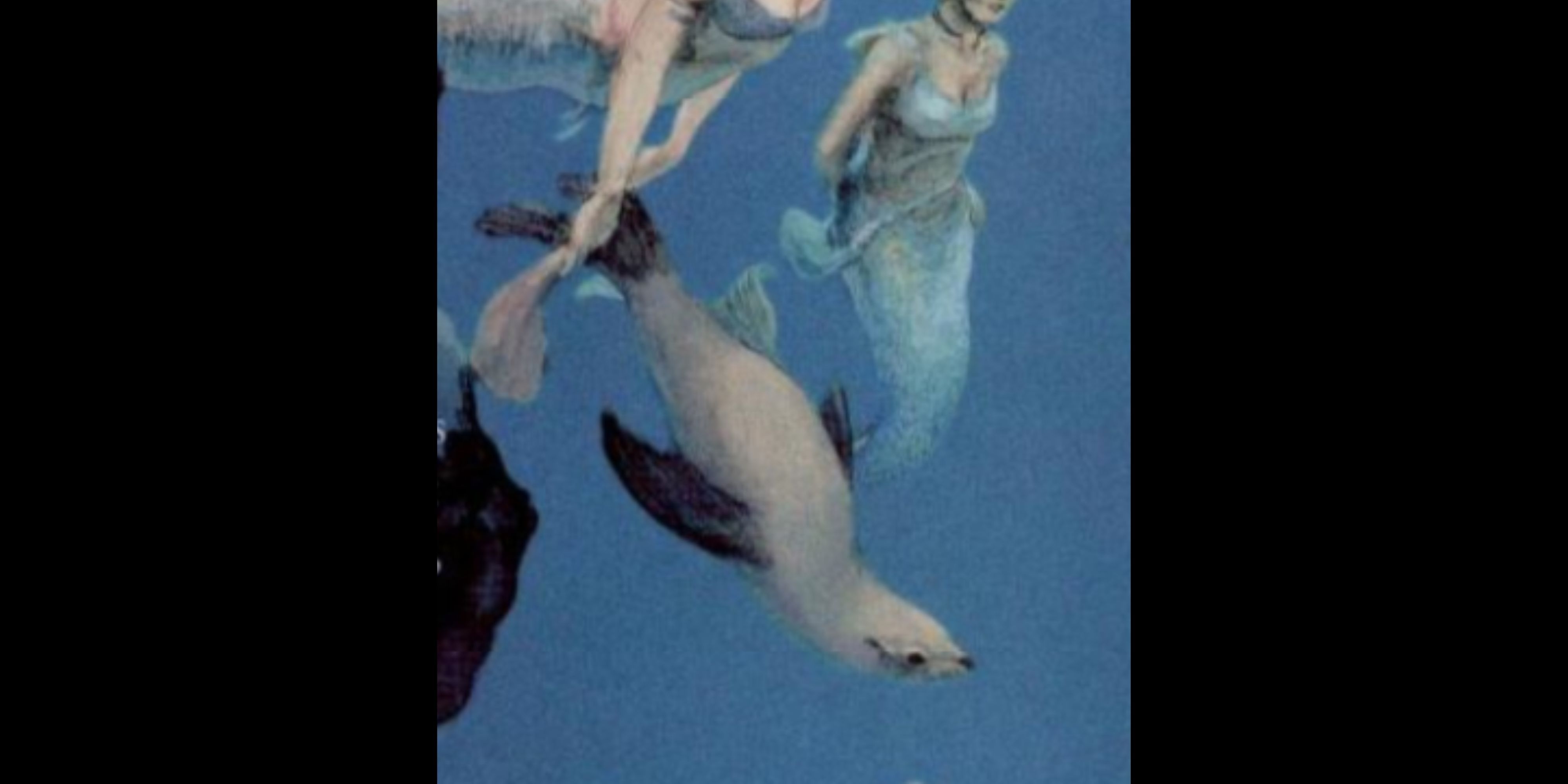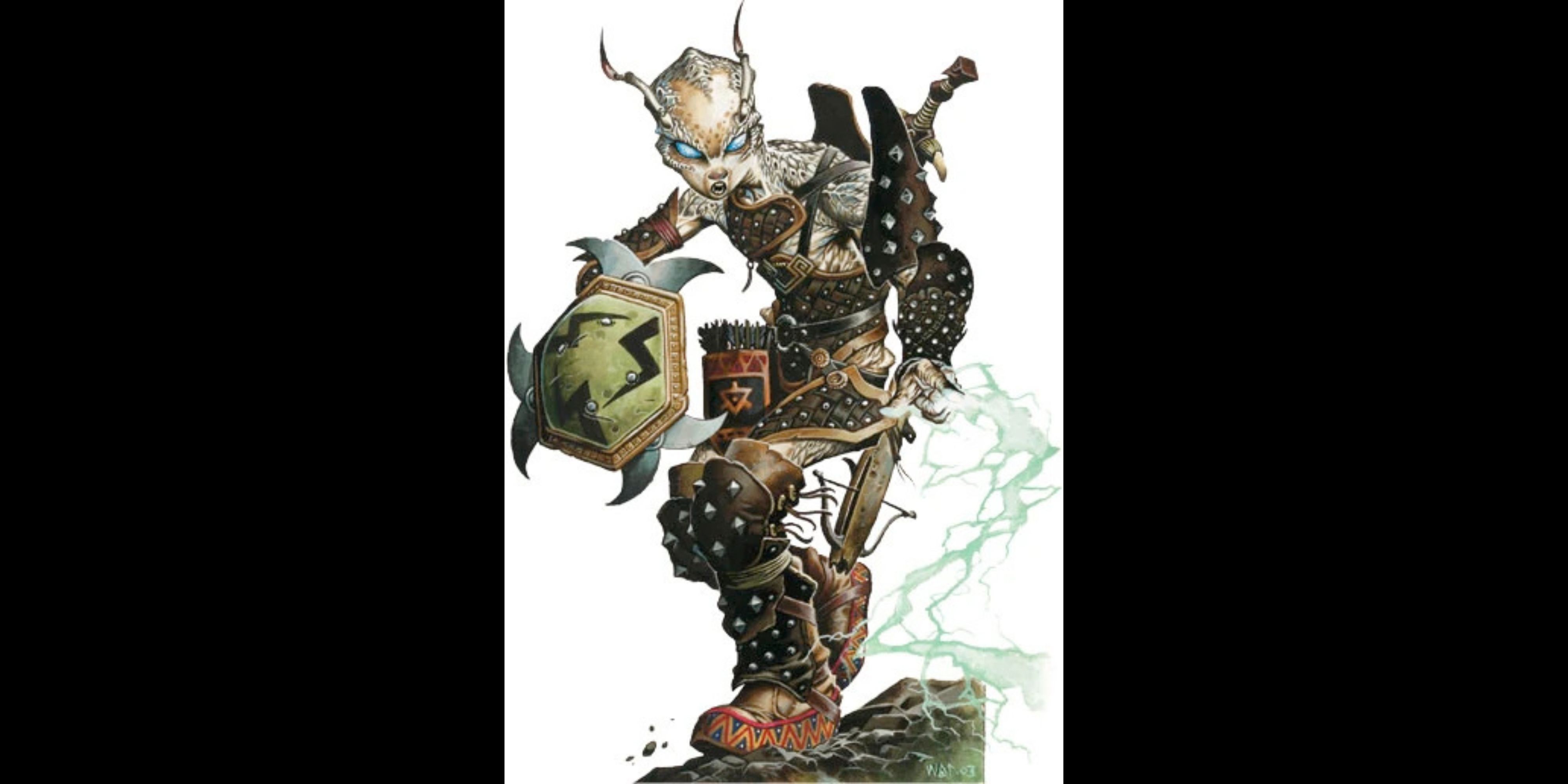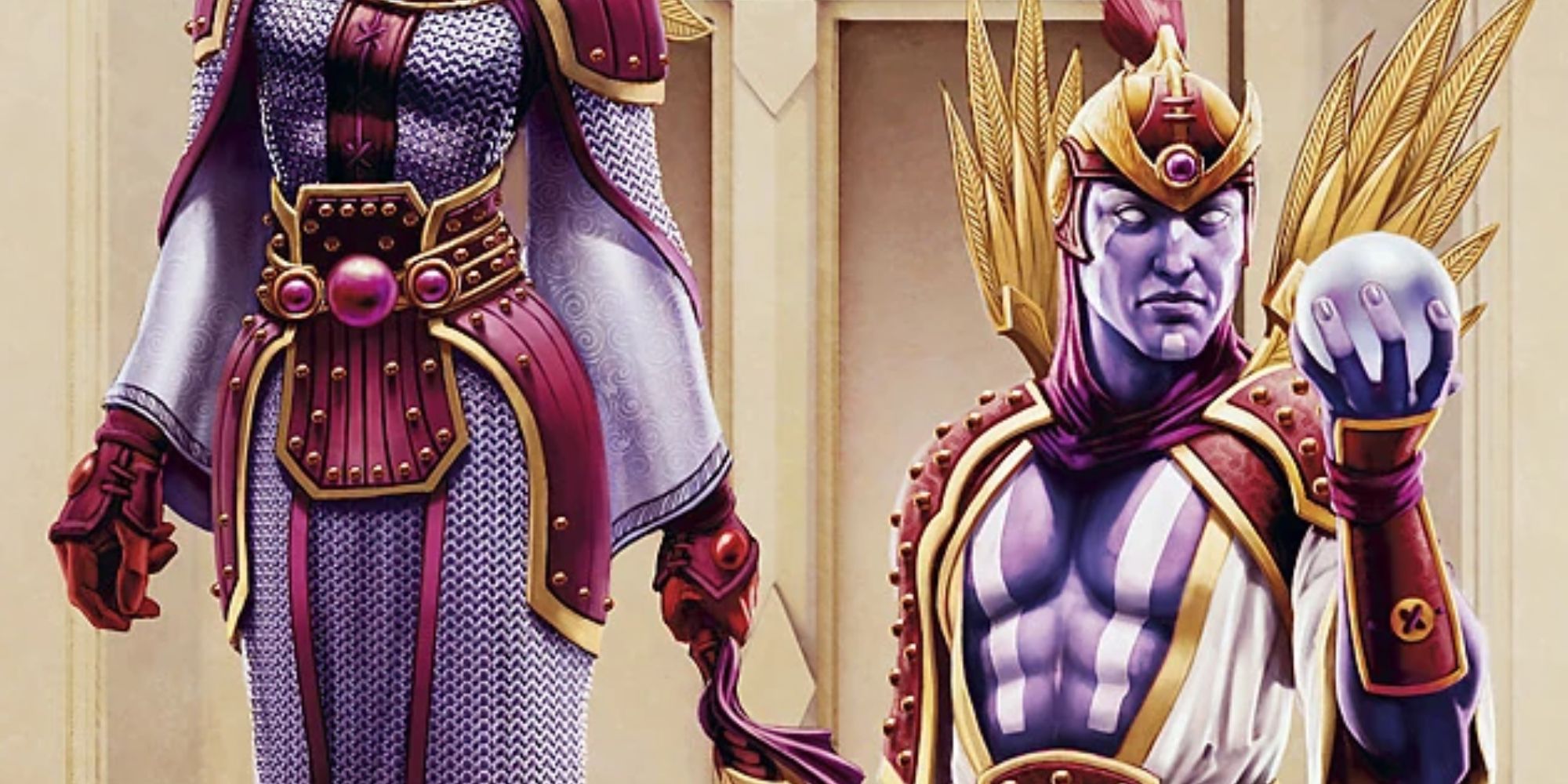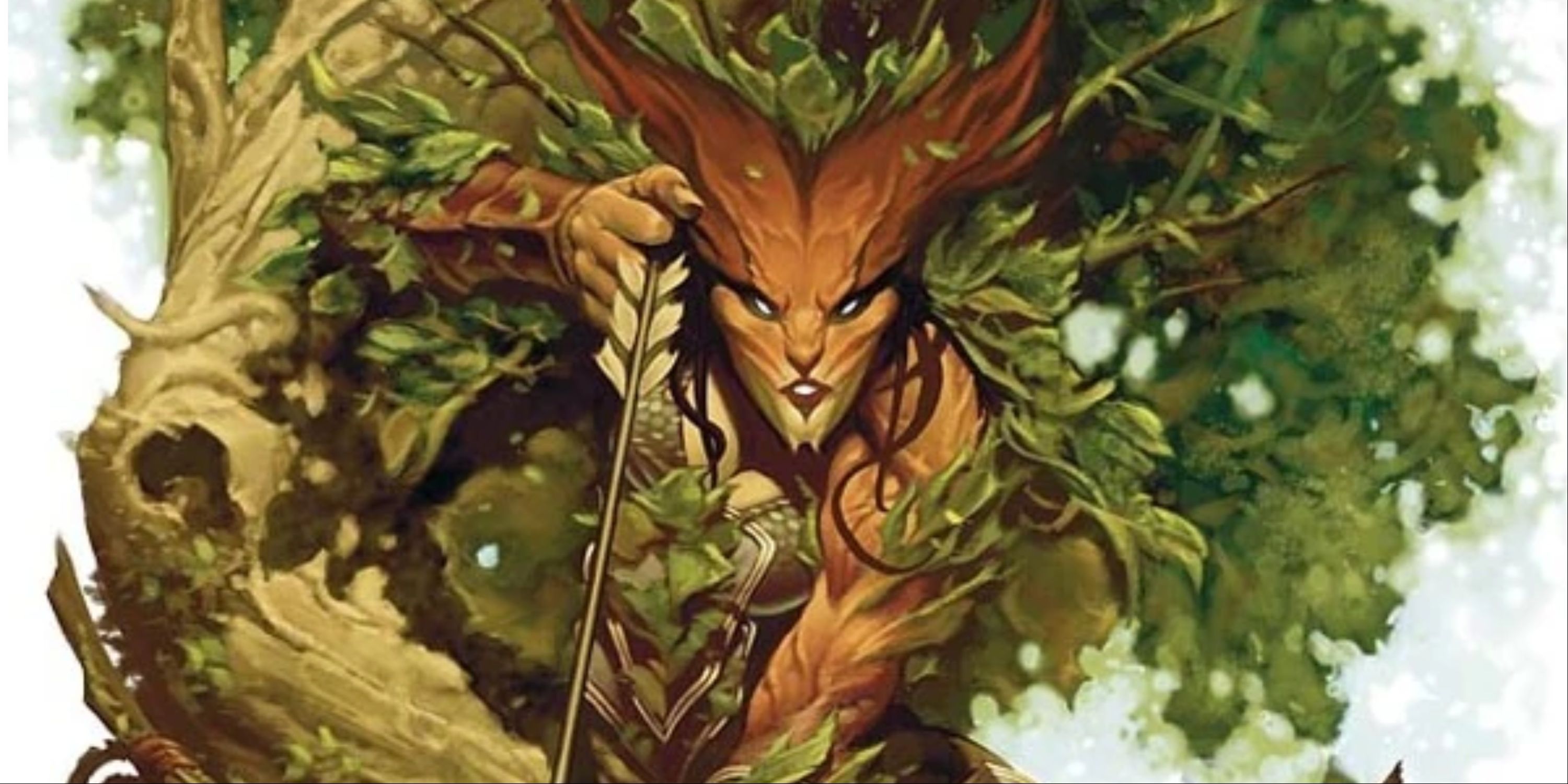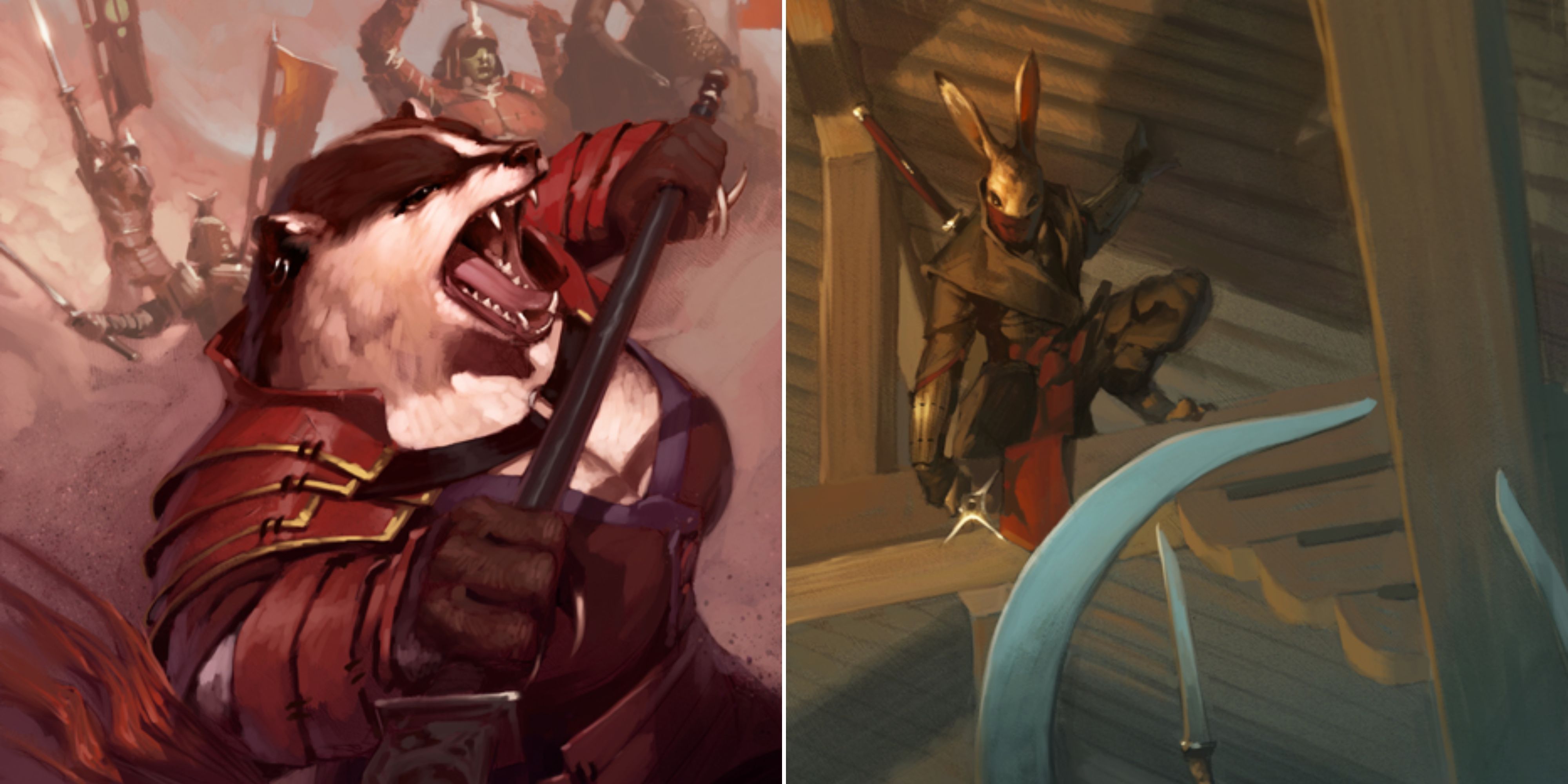Dungeons & Dragons (DnD) is a game defined by imagination, creativity, and choice, and few choices are more important than selecting your character’s species. From classic fantasy species like elves and dwarves to more exotic beings like tabaxi and aarakocra, the world of DnD offers a staggering variety of playable options.
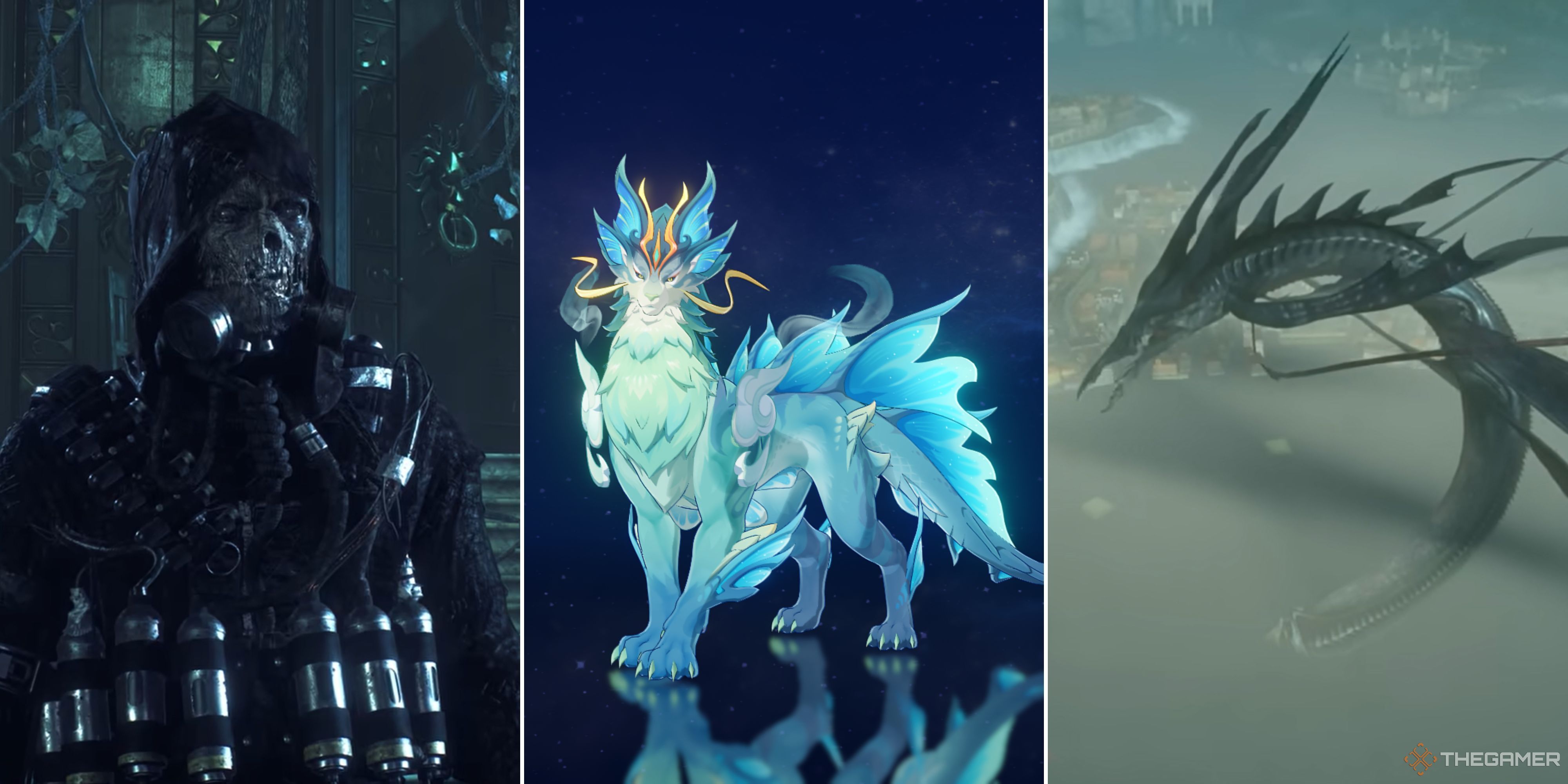
Related
Dungeons & Dragons: 9 Mythological Creatures That Would Make Great Monsters
D&D is filled to the brim with amazing monsters, but these mythological creatures would compliment the roster beautifully.
Over the decades, DnD has introduced over 180 unique species across its many editions. While not all of them have been officially updated for 5th Edition, many remain beloved by players and Dungeon Masters alike, either through homebrew adaptations or third-party content. This diverse roster gives players the chance to explore not just different abilities and stat bonuses, but entirely new perspectives, cultures, and storytelling opportunities.
10
Pixie
Pixies are tiny, mischievous fey creatures often mistaken for miniature fairies, though they are quite distinct in both temperament and abilities. Known for their playful nature and love of pranks, pixies delight in harmless trickery, often using their magic to confuse, entertain, or bewilder unsuspecting travelers.
An entry for pixies is in the Monster Manual (2024).
As denizens of the Feywild, pixies possess a surprising array of innate magical abilities. Their ability to turn invisible at will makes them particularly elusive in both social and combat situations. While pixies are not naturally inclined toward violence, they typically wield tiny swords and bows. To increase their effectiveness in combat, pixies often coat their arrows in magical potions or debilitating poisons, allowing them to hinder foes much larger than themselves.
9
Bullywug
Bullywugs are amphibious, frog-like humanoids that dwell in the swamps, bogs, and marshlands of Toril. Known for their territorial nature and limited foresight, bullywugs often engage in reckless behavior: tampering with ancient artifacts, summoning creatures they can’t control, or provoking nearby powers. These missteps frequently result in danger being brought back to their already fragile communities.
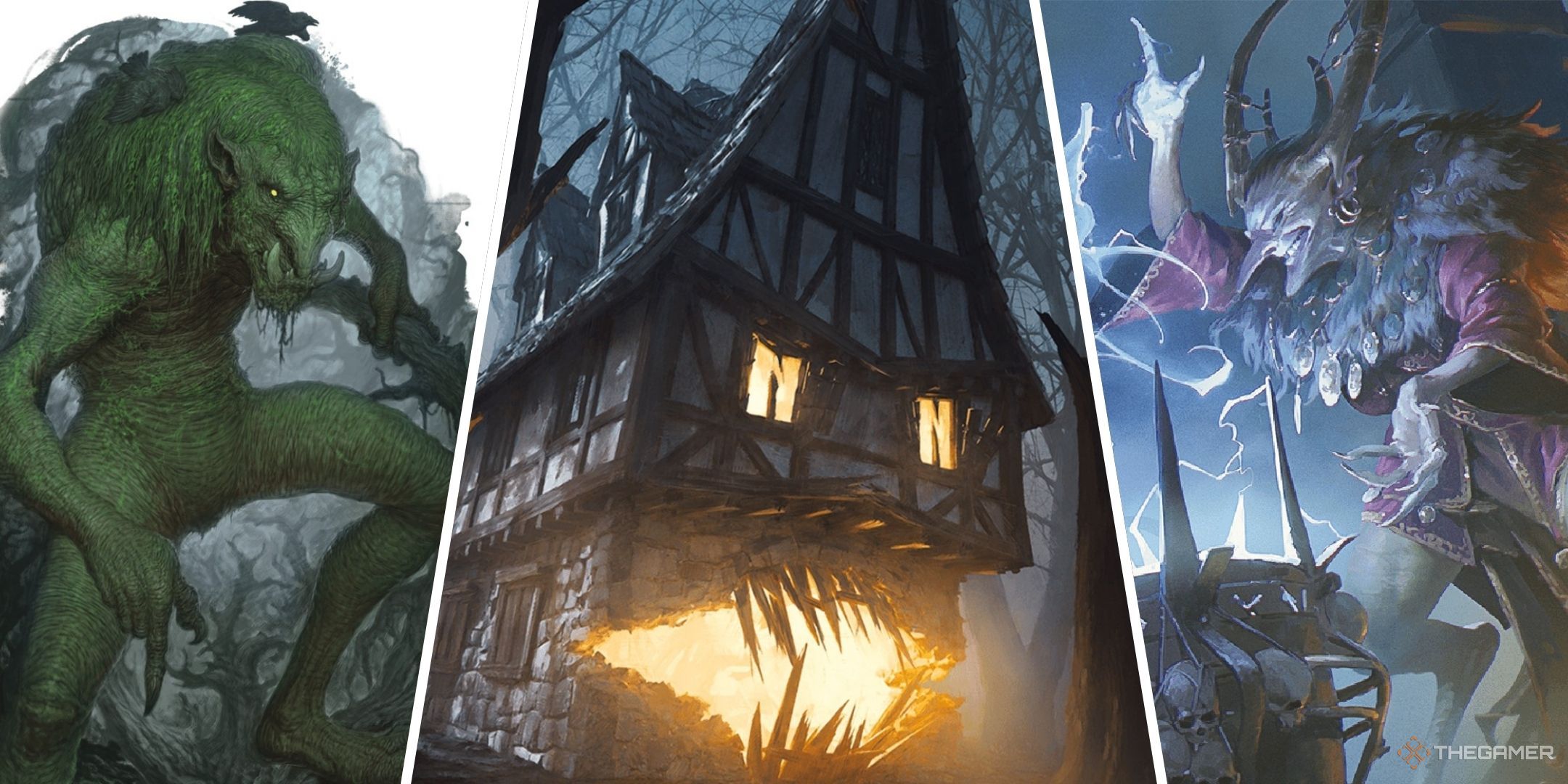
Related
Dungeons & Dragons: 9 Best Monsters In The 2025 Monster Manual
The real highlights of the book.
While bullywugs are not a playable species in 5e, they have an entry in the Monster Manual (2025).
Despite their self-destructive habits, bullywugs possess natural advantages. Their skin allows them to blend seamlessly into their surroundings, granting them a notable edge in stealth and ambush tactics. However, this comes at a cost: bullywugs must keep their skin moist by soaking themselves three times a day.
8
Bladeling
Bladelings are tall, humanoid beings with metallic skin covered in razor-sharp blades. Native to the Outer plane of Acheron, these creatures are forged by the harsh, unending conflict of their homeland. Their tough, metallic bodies grant them natural resistance to fire, cold, and certain forms of magic, making them formidable foes and durable allies.
Bladelings are an available monster for 5e in the Planar Bestiary source book.
Bladeling society is often insular, steeped in superstition and marked by a deep suspicion of outsiders. However, those who venture beyond Acheron to explore the planes tend to shed some of these prejudices, becoming more curious, adaptable, and willing to cooperate with other species.
7
Gnoll
Gnolls were introduced as a supplemental playable race in Dragon Magazine, offering players the chance to step into the role of these fierce, hyena-like humanoids. Standing taller than most humans and with a powerful, muscular build, gnolls are often described as a blend between man and beast. Their hunched postures, coarse fur, and snarling voices hint at their primal roots… and in many cases, their demonic heritage.
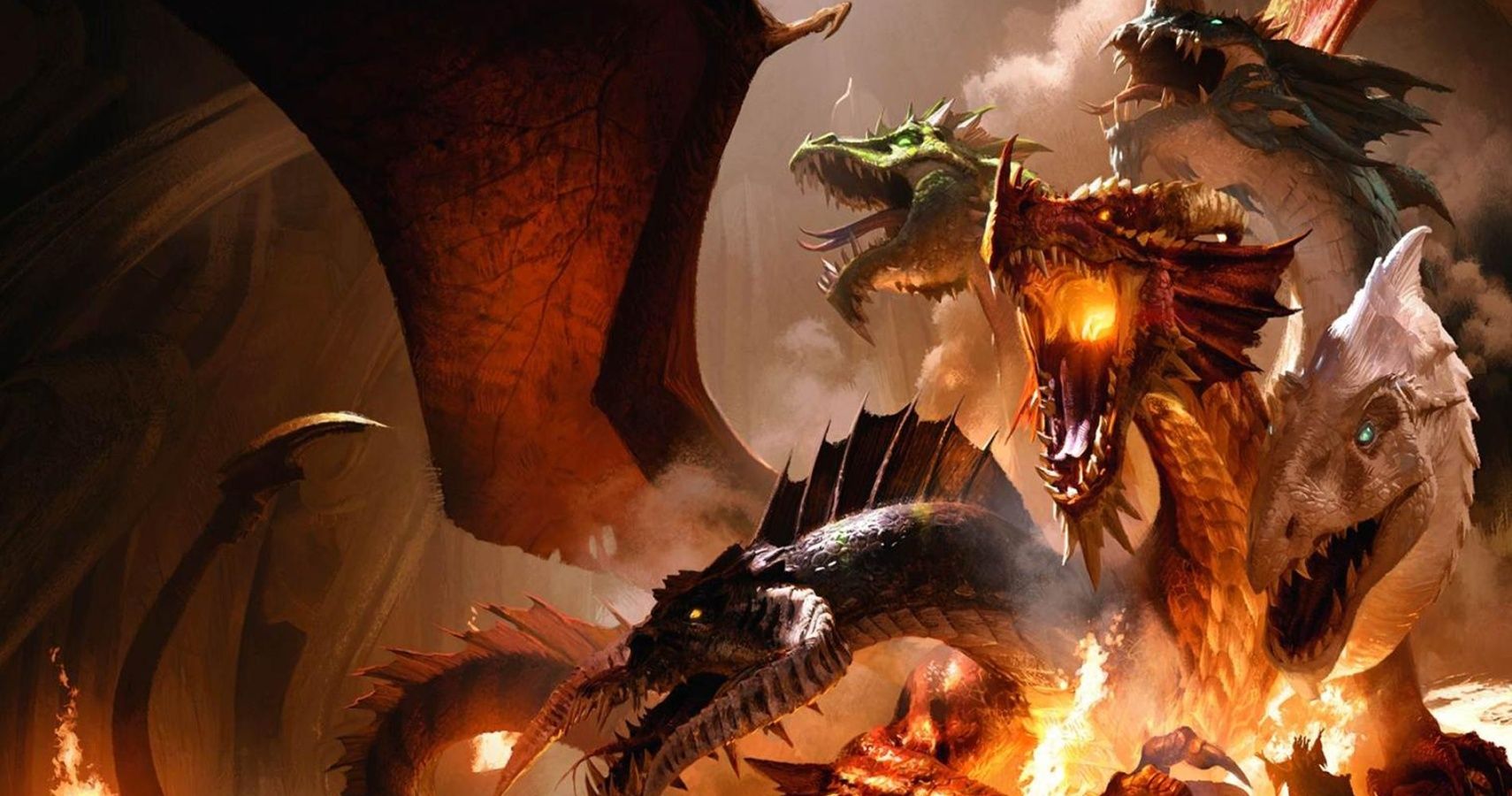
Related
Dungeons And Dragons: 14 Most Iconic Monsters
Dungeons & Dragons is home to some of the most iconic monsters in all of gaming, and these are their best creatures.
Gnolls are featured as a monster in the Monster Manual (2025).
Gnolls are typically aggressive and territorial, driven by a strong predatory instinct. In many settings, they are feared as raiders or savage warbands, though some gnolls break free from this stereotype to forge their own paths as mercenaries, hunters, or warriors. Many gnolls embrace a nomadic lifestyle, following herds or moving between hunting grounds, and are quick to respond with violence to any perceived threat or encroachment.
6
Shade
Shades are humanoids who have fused their essence with shadowstuff, the mysterious substance of the Shadow Plane. In doing so, they sacrifice their souls in exchange for enhanced physical abilities, supernatural powers, and a twisted form of immortality. While a shade retains the general shape and features of its original species, its body undergoes a drastic transformation.
All shades share a distinctive appearance: their skin becomes dull and lifeless, ranging from ashen gray to pitch black. As they age or deepen their connection to shadowstuff, this dark hue intensifies. Their eyes often appear empty or faintly glowing, and their presence tends to unsettle those around them, as if reality itself resists their unnatural existence.
5
Selkie
Selkies, also known as sealweres, are amphibious shapechangers capable of transforming between a humanoid form and that of a sleek, seal-like creature. In their humanoid form, selkies retain subtle aquatic features such as webbed fingers and toes, smooth skin, and eyes that shimmer in shades of seafoam green or pale blue.
Selkies are an article race published in Dragon Magazine #250 in October 1998.
Selkies spend most of their time in their seal form, thriving in coastal waters and deep ocean environments. However, once a month, they can maintain a humanoid form for roughly a week. During this time, they interact with coastal communities (sometimes in secret) and pursue goals that require a more human appearance.
4
Dromite
Dromites are small, psionic insectoid humanoids with chitinous skin, compound eyes, and sensitive antennae that grant them blindsight. Dromites are naturally attuned to psionic energies, granting them innate mental abilities and resistance to certain mind-affecting effects. Their unique physiology allows them to use their antennae to track nearby creatures, even in complete darkness.
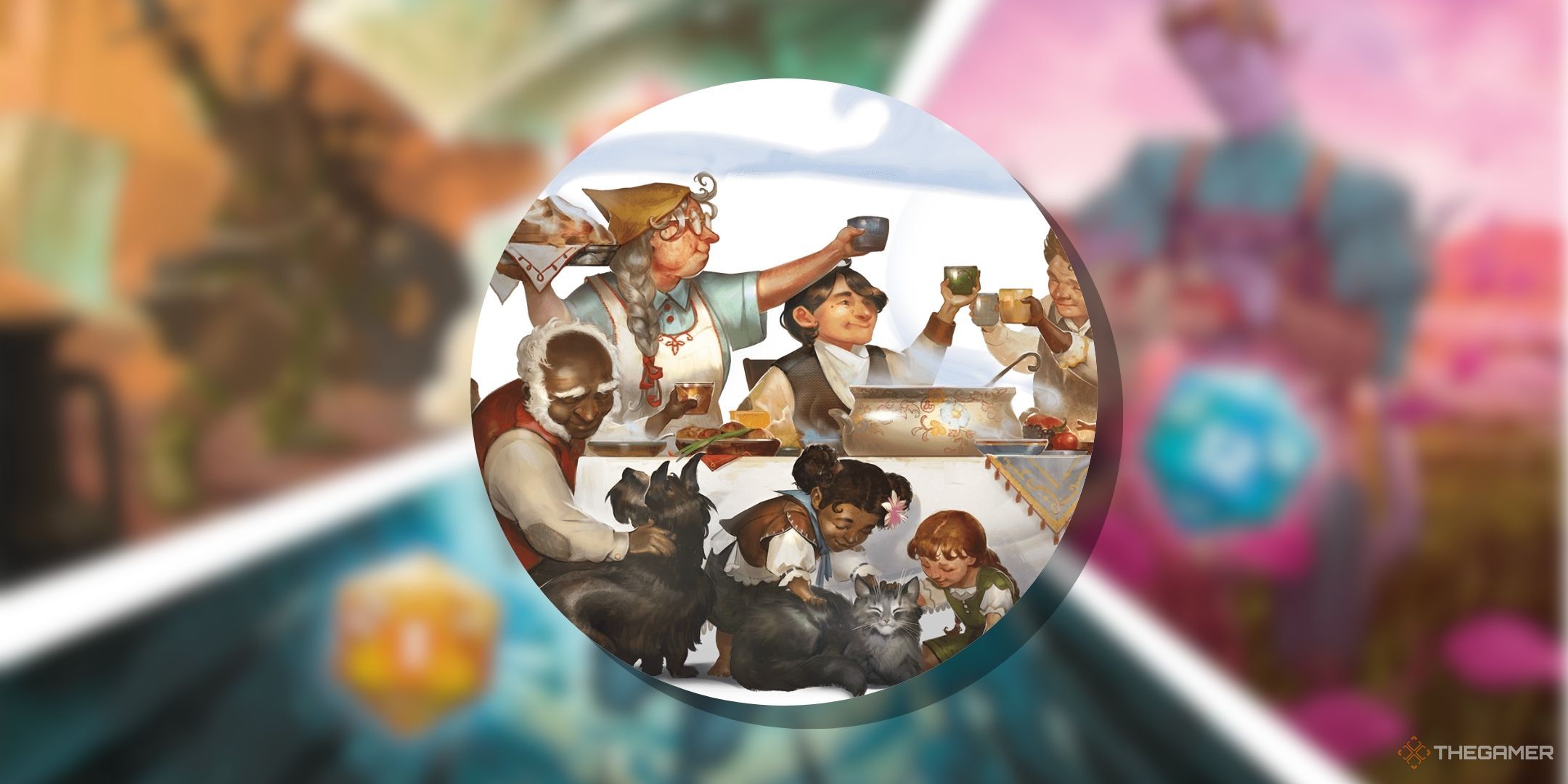
Related
Dungeons & Dragons: All Species In The 2024 Player’s Handbook
With ten species to choose from in the 2024 Player’s Handbook, choosing just one can be so hard. Hopefully, this list helps that decision.
Though they descend from hive-like ancestors, dromites have evolved beyond the need for a collective mind. Instead, they live in structured, democratic city-hives, where leadership is determined through annual elections. Each hive selects a Grand Queen and an Elected Consort, whose roles are largely ceremonial and focused on guiding population growth and maintaining cultural traditions.
3
Deva
Devas are celestial beings chosen to serve as divine agents across the planes, carrying out the will of the gods they serve. Though mortal in form, devas are imbued with radiant power and often retain fragments of memories from their past lives. Reincarnated time and again, each deva is shaped by lifetimes of service, wisdom, and regret.
Devas possess an otherworldly beauty and an unsettling stillness. Their flawless features, calm demeanor, and glowing eyes hint at their divine origin, while their disciplined composure belies immense physical and magical power. Whether appearing in cities, temples, or on the battlefield, devas radiate a quiet authority.
2
Wilden
Wilden are plant-like humanoids native to the Feywild, deeply attuned to the natural world. Their bodies are composed of bark, vines, and living wood, and each wilden hosts a nature spirit within them. This spirit shapes the wilden’s appearance, imbuing them with features like flowering limbs, glowing eyes, or leafy hair, depending on the spirit’s temperament and domain.
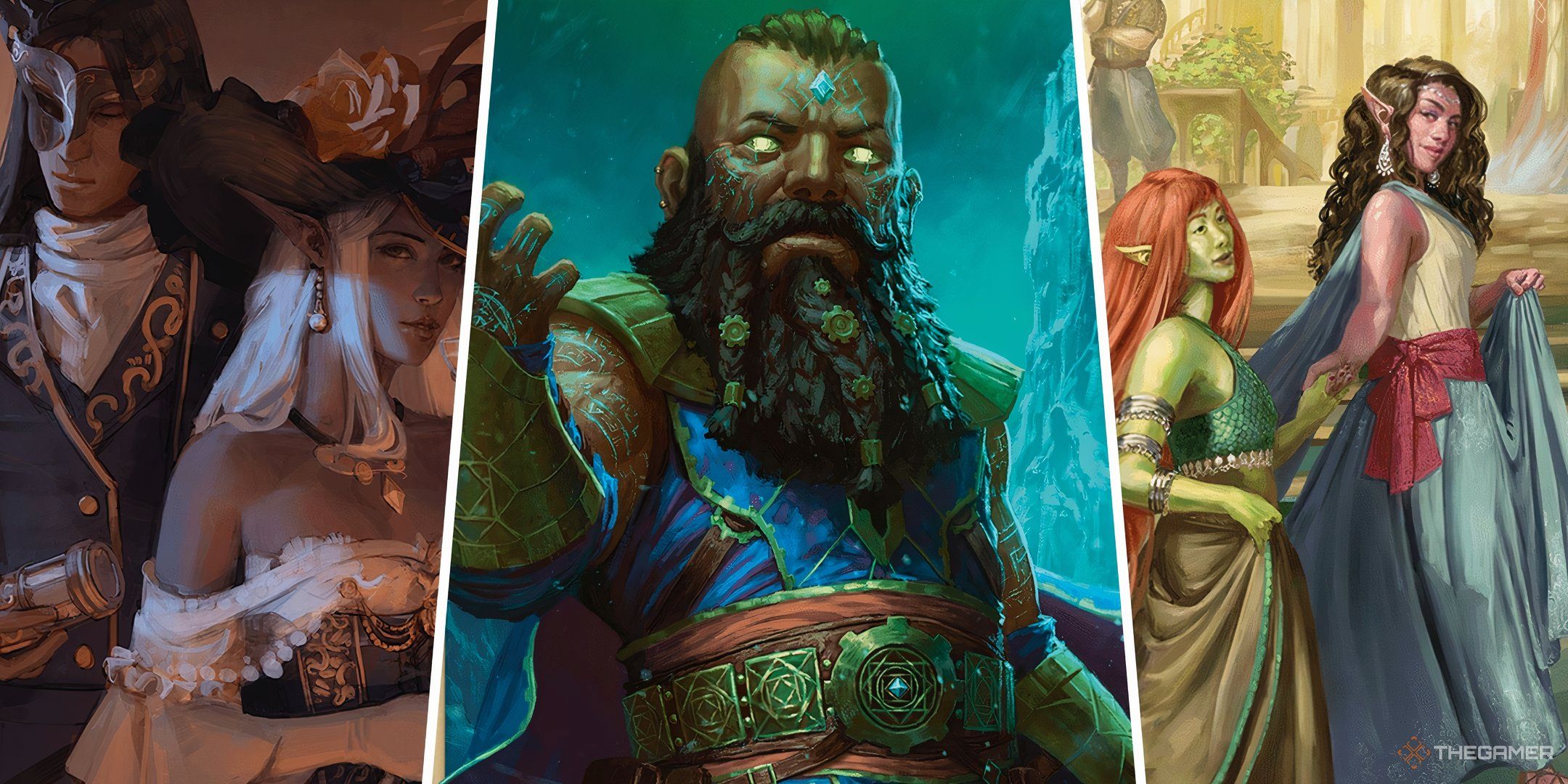
Related
Dungeons & Dragons: Best Species For Expert Players
Do you feel like you’ve played every species in the book when it comes to Dungeons & Dragons? Try one of these options for expert players.
Originally, wilden emerged into the Prime Material Plane in response to the rising corruption of the Far Realm. As guardians of natural balance, they sought to halt this spreading influence. However, after the immediate threat diminished, many wilden remained, choosing to explore the world and discover where they might belong. Some integrated into elven or human settlements, bringing their unique perspective to druidic circles and natural orders. Others, wary of civilization, withdrew to untouched forests where they could maintain their bond with the wild.
1
Hengeyokai
Hengeyokai are intelligent, shapeshifting beings capable of taking on three distinct forms: animal, humanoid, and a unique hybrid that blends features of both. Each hengeyokai belongs to a specific subrace based on their animal origin—such as fox, crane, or badger—which influences their abilities and personality.
A hengeyokai’s shapeshifting abilities are reminiscent of the shapechange spell. At lower levels, they are limited to only a few transformations per day, but as they grow in strength, their ability to shift becomes more frequent and seamless.
Native to Kara-Tur, located east of Faerûn, Hengeyokai are descended from ancient unions between humans and Feywild-born animal spirits, granting them a unique blend of mystical power and natural instinct. They often live on the outskirts of human civilization, maintaining a delicate balance between the mortal world and their spiritual heritage.
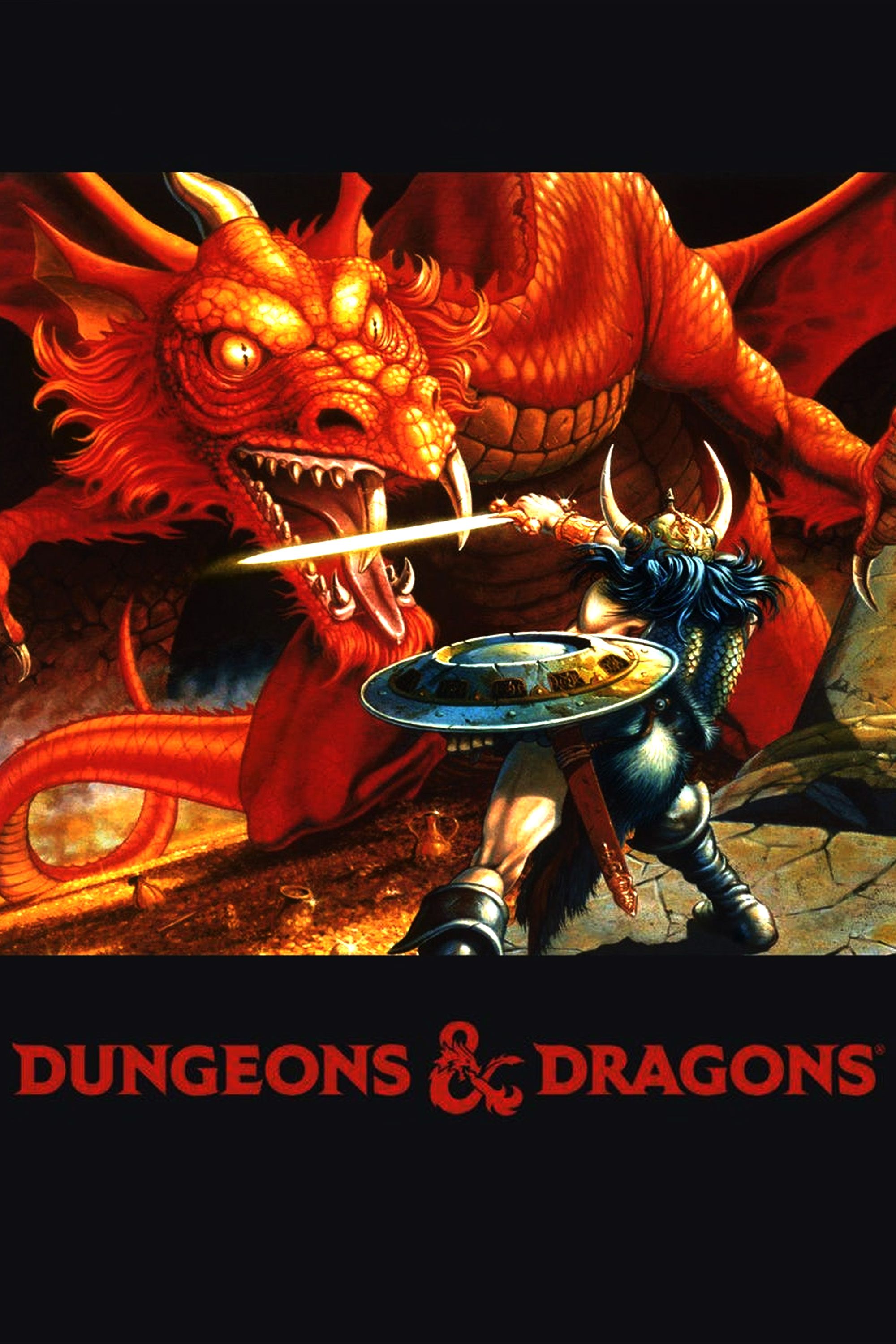
Dungeons and Dragons
- Original Release Date
-
1974
- Designer
-
E. Gary Gygax, Dave Arneson
- Player Count
-
2+

